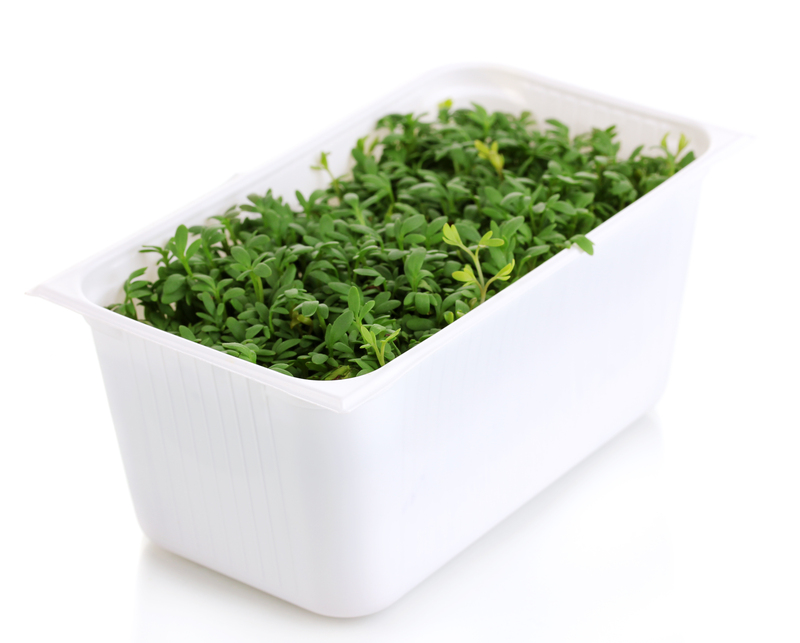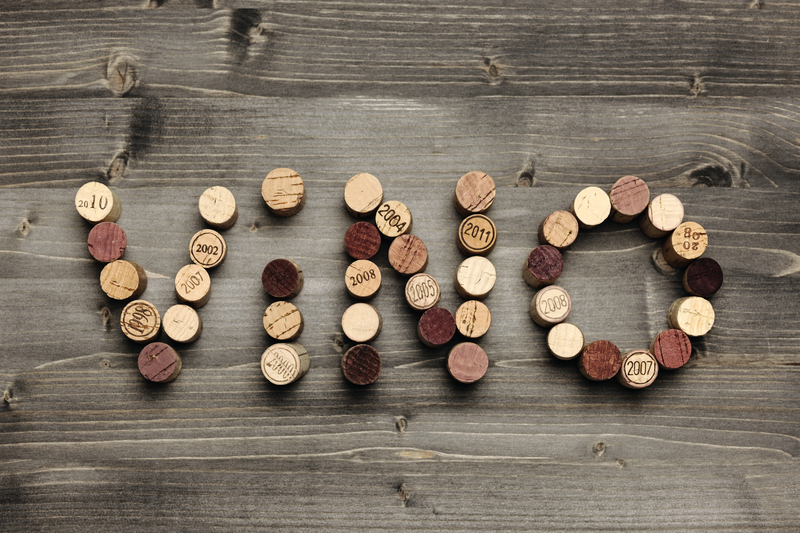Common Mistakes in Cardboard Disposal and How Better Packaging Can Help
Cardboard is one of the most widely used materials for packaging across the globe. With the surge in online shopping and home deliveries, households and businesses generate more cardboard waste than ever before. However, not all cardboard is disposed of properly, leading to wasted resources and environmental concerns. Understanding the common mistakes in cardboard disposal can pave the way toward more effective recycling and reveal how better packaging can reduce these issues substantially.

Understanding the Importance of Proper Cardboard Disposal
Cardboard is highly recyclable but only if it is disposed of in the right manner. Improper disposal practices not only increase landfill waste but also contaminate recyclable materials, making the recycling process less efficient and more expensive. Learning correct cardboard disposal methods is essential for reducing your environmental footprint.
What Happens to Cardboard Waste?
When recycled properly, cardboard is processed into new packaging materials, paper products, and even insulation materials. However, contaminated or improperly handled cardboard may end up in landfills, contributing to methane emissions as it decomposes anaerobically. Recycling statistics reveal that while a large percentage of cardboard does get recycled, still millions of tons end up in landfills each year due to missteps in disposal.
Common Mistakes in Cardboard Disposal
Individuals and businesses often make several errors when disposing of cardboard. Below is a comprehensive breakdown of the most frequent mistakes and their consequences.
1. Disposing of Contaminated Cardboard
Contamination is one of the biggest threats to the recycling process. Common contaminants include:
- Food residue: Pizza boxes, pastry boxes, or beverage containers stained with oil or food scraps.
- Wet or moldy cardboard: Moisture can weaken fibers and accelerate mold growth, making cardboard unrecyclable.
- Tape, stickers, or plastic windows: Non-paper elements prevent pure cardboard recycling and may damage equipment.
Even a single contaminated box can spoil an entire batch, leading recycling centers to send entire loads to landfill instead.
2. Not Flattening Cardboard Boxes
It may seem trivial, but failing to flatten cardboard boxes leads to inefficient collection and transportation. Bulky boxes take up unnecessary space in recycling bins, dumpsters, and trucks, resulting in:
- Fewer pickup collections, leading to overflowing bins and litter.
- Increased carbon emissions from more frequent transport.
- Inefficient recycling center operations as machinery requires compact, flattened items.
Always break down boxes before disposing of them to maximize recycling efficiency.
3. Mixing Cardboard with Other Waste
Many people mistakenly toss cardboard into general waste bins alongside food scraps, plastics, or hazardous materials. This mistake can:
- Contaminate recyclables and reduce recycling rates.
- Cause bins to become rejected by collection services.
- Lead to fines or penalties from waste authorities.
Cardboard should always be placed in the designated recycling stream, free from other waste types.
4. Leaving Cardboard Outside in the Elements
Exposing cardboard to rain, snow, or damp conditions can severely affect its recyclability:
- Wet or soggy cardboard is difficult to process.
- Mold and mildew can develop rapidly.
- Recycling centers may reject compromised loads.
5. Ignoring Local Recycling Regulations
Recycling rules vary by municipality. Some areas may not accept certain types of cardboard or have specific preparation requirements (e.g., removing tape or labels). Failing to follow local guidelines may result in your recyclables being discarded as waste. Always check your community's recycling rules to avoid issues.
How Better Packaging Can Help Reduce Disposal Mistakes
Leading manufacturers are increasingly turning to sustainable packaging design to minimize waste and enhance recyclability. Here are several ways that better packaging can minimize common cardboard disposal errors:
1. Simplified Packaging Materials
Combinations of cardboard with plastics, foils, or adhesives make recycling harder. Mono-material packaging--using only cardboard--makes it simple for users to prepare materials for recycling, minimizing contamination.
2. Reduced Packaging Complexity
Overly elaborate packaging with multiple layers or hard-to-remove inserts increases the risk of improper disposal. Streamlined designs mean less waste and fewer disposal steps for consumers, improving recycling compliance.
3. Easy-to-Separate Components
Where elements like tape, labels, or windows are needed, thoughtful design ensures they can be easily removed. Perforated sections, peel-off labels, or clear instructions make it straightforward to separate non-recyclable parts.
4. Improved Instructions and Labeling
Clear, prominent recycling instructions guide users through the right disposal method. Pictograms, QR codes, or step-by-step diagrams printed directly on packaging offer instant help, reducing confusion and errors.
5. Weather-Resistant Packaging
Better packaging incorporates features like moisture barriers that keep cardboard dry during storage and transport, thereby maintaining recyclability. Some companies are also using water-based coatings that degrade harmlessly during recycling, unlike traditional wax or polyethylene layers.
The Impact of Better Packaging on Cardboard Recycling
Smart packaging choices lead not just to improved recycling rates but also to reduced costs and a cleaner environment. Here's how:
- **Minimized contamination** means less waste going to landfill and higher-quality recycled materials.
- **Easier sorting** saves time and lowers labor costs for recycling centers.
- **Consumer compliance** rises as instructions and packaging design make correct disposal intuitive.
- **Brand reputation** improves for companies who adopt environmentally friendly, recyclable packaging.
Tips for Proper Cardboard Disposal
- Empty, clean, and dry: Remove food, grease, or wet patches.
- Remove non-cardboard elements: Take off plastic, foam, or excessive tape before recycling.
- Flatten all boxes: Saves space and ensures smoother processing.
- Sort by type if your local center requires it (e.g., corrugated vs. paperboard).
- Follow local guidelines: Check restrictions on packaging types and preparation steps.
Innovations in Sustainable Cardboard Packaging
As consumer demand for eco-friendly packaging grows, manufacturers are developing advanced cardboard packaging solutions that promote correct disposal and maximize recyclability. Some of these innovations include:
- Water-based adhesives: Replace traditional synthetic glues, making separation easier at recycling facilities.
- Minimal ink usage: Lower ink coverage means fewer chemicals need to be removed during recycling.
- Design for disassembly: Packaging engineered to be taken apart without tools or excessive effort.
- Returnable boxes: Strong, reusable cardboard boxes for shipping and delivery minimize single-use waste.
- Compostable liners: Allow food packaging to be composted instead of sent to landfill.
The Role of Consumers and Businesses
Consumers can help by educating themselves about proper recycling and demanding more sustainable packaging from brands they trust. Businesses can make a substantial difference by opting for eco-friendly packaging solutions and promoting proper disposal practices.
Conclusion: A Greener Future with Smarter Cardboard Disposal
Proper cardboard disposal is more important today than ever, as the world navigates both environmental challenges and rising levels of packaging waste. Understanding the most common mistakes in cardboard disposal--from contamination to incorrect recycling bin usage--can help households, businesses, and waste managers implement more effective recycling routines.
Meanwhile, advances in sustainable, user-friendly packaging address the root causes of mismanaged cardboard waste. By designing out complexity and incorporating clear instructions, packaging manufacturers empower end-users to recycle confidently and correctly.
Together, personal responsibility and smart packaging innovation pave the way for a future where the majority of cardboard is recycled efficiently--helping save resources, reduce emissions, and protect the environment for future generations.

Frequently Asked Questions
-
Can all cardboard be recycled?
Most clean, dry cardboard can be recycled. However, cardboard contaminated with food, oil, or excessive moisture might need to be disposed of in the trash. -
Should I remove packing tape and labels before recycling?
It's best to remove as much tape and non-cardboard material as possible. Most recycling centers can handle minimal tape, but too much may hinder recycling. -
What's the difference between corrugated and paperboard?
Corrugated cardboard is thick and used for shipping boxes, while paperboard is thinner and used for cereal boxes, tissue boxes, etc. Not all centers accept both types; check locally. -
Is wet cardboard recyclable?
Wet or moldy cardboard can disrupt recycling machinery and processes. If cardboard gets wet, try to dry it before recycling; otherwise, it may have to be thrown away. -
How does better packaging help with cardboard waste?
Sustainable packaging designs minimize contamination, make sorting easy, and encourage correct recycling, reducing the risks of improper disposal.
Take Action for Smarter Cardboard Recycling
- Flatten and clean all boxes before recycling.
- Look for packaging made from 100% recyclable cardboard and encourage businesses to use sustainable solutions.
- Educate others on the right way to dispose of cardboard and common mistakes to avoid.
- Support brands with clear recycling instructions on packaging.
By recognizing and addressing common mistakes in cardboard disposal and supporting advances in packaging design, we can all play a part in ensuring that cardboard waste is minimized and our environment is protected.



